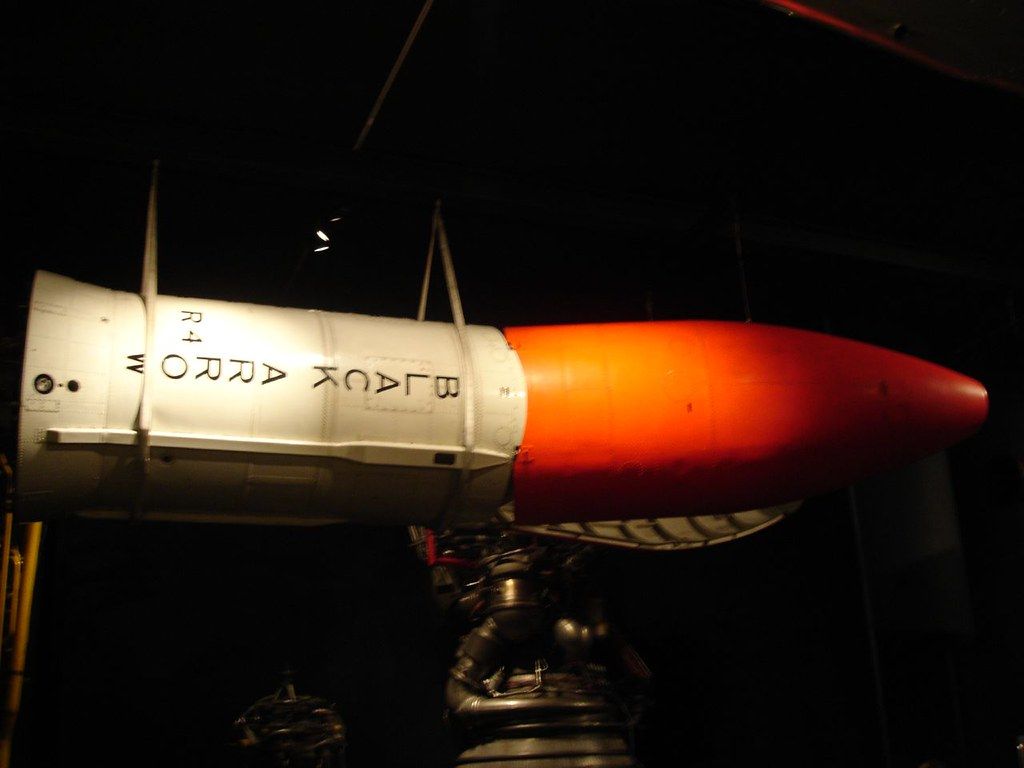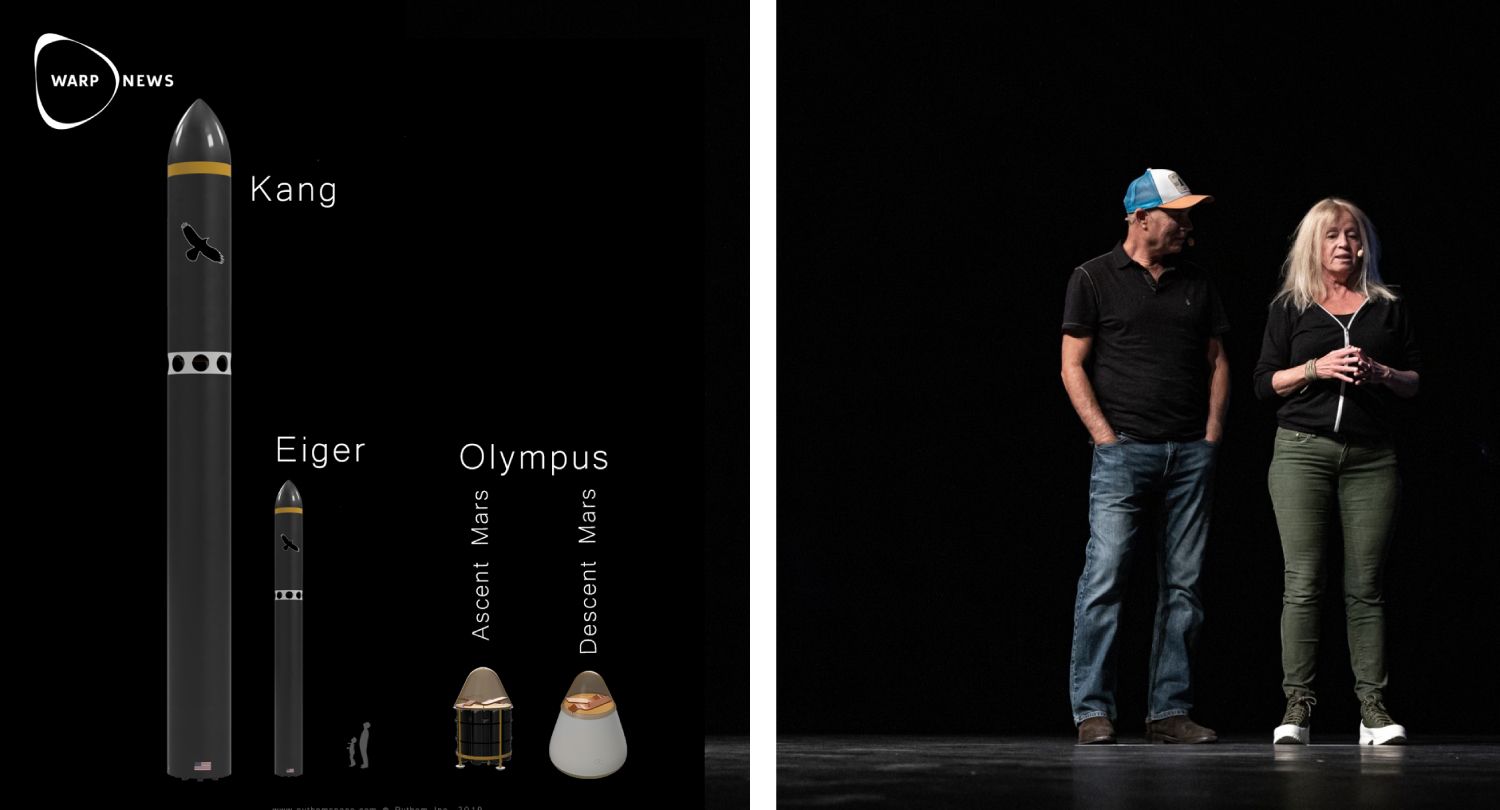
🚀 The whole world is aiming for space
South Korea just launched its first rocket capable of payloads heavier than a tonne. There are way more players aiming to go to space than you might imagine.
Share this story!
When mentioning the term "Space Race," people are likely to think of either the original space race of the cold war, the current race to put people on Mars, or perhaps even the private competition between SpaceX, Virgin Galactic, and Blue Origin. And subsequently, they think of global superpowers like the United States, Russia, and China.
But what we're seeing right now is a broad range of nations trying to get into space. No doubt, an important aspect is that the commercial space race has brought down prices and created new opportunities.
South Korea launches Nuri rocket
On October 21, South Korea launched their new Nuri rocket from the Naro Space Center in Goheung. Nuri, also known as Korean Space Launch Vehicle II, had been in development for a decade, and all three stages functioned as intended. With one exception: the satellite failed to maintain its intended orbit after separation.
The rocket is projected to fly another four times until 2027, by which time it'll be reliable and fit for use. The next launch is currently scheduled for next May 19.
As the name might imply, this isn't South Korea's first rocket capable of putting satellites into orbit, but while the older Naro launch vehicle has a payload capacity of 100kg, Nuri can carry 1.4 metric tons. If development goes to plan, Korea will be the seventh country in the world to have managed this feat.
The ambitions don't stop there as they also aim to land a spacecraft on the moon by 2030.
The Empire Strikes Back
After the second world war, Great Britain at least initially had ambitions to compete with the United States and the Soviet Union. The country was the third to launch a satellite in 1962, although using an American rocket. It wouldn't be until 1971 when they launched their first and only satellite using a domestically developed rocket, the Black Arrow.

While the U.K. continued to develop satellite technology, no further efforts were made to build launch vehicles or launch satellites again. Until now. In May of this year, Grant Shapps, the U.K.'s Transport Secretary, announced that rockets will be able to launch from the isles in 2022. Spaceports are currently planned to open in Cornwall, Scotland, and Wales.
And the ambitions don't end there, as he laid out a very clear goal: "This is a pivotal moment for our spaceflight ambitions. Since the start of the spaceflight programme in 2017, we have been clear that we want to be the first country to launch into orbit from Europe", Shapps states.
The Nordic space race
In the north of Europe, three nations are competing to become the most competitive for commercial satellite launches.
Sweden has been launching rockets from its Esrange Space Center in Kiruna since the 1960s. The site is currently being expanded to gain the capability to launch satellites into orbit. The retrofit is slated to be finished next year, roughly at the same time as its Norwegian equivalent, Andøya. Andøya is also intended to be the first to launch satellites into orbit in Europe. We covered the Nordic space race more thoroughly last year.
But there's a third player in this race. Finland managed to launch its first satellite in 2017, which was followed by an update of the national space strategy in 2018. The so-called New Space Economy consists of the introduction of small satellites and private launching services to make space more affordable. The goal is to make Finland the world's most attractive and agile space business environment by 2025.
While all three countries currently only intend to launch smaller satellites, it's interesting to imagine a future where either one or all of these countries manage to launch crewed missions into space.
Conclusion
This article doesn't even come close to covering all the countries in the world and their space ambitions. But it does illustrate how things have changed and how accessible space is becoming. For anyone who believes that humanity can benefit from space-based technology, this is all an obvious reason to be optimistic.
"Cardboard rocket" by Matt Biddulph is licensed under CC BY-SA 2.0
By becoming a premium supporter, you help in the creation and sharing of fact-based optimistic news all over the world.


